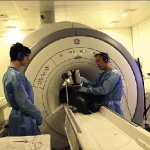
Exciting times for European interventional radiology
Efforts to unify training and certification, a regulatory environment conducive to innovation and a growing bank of clinical evidence for key procedures, is helping interventional radiology (IR) to move to a new level.


























